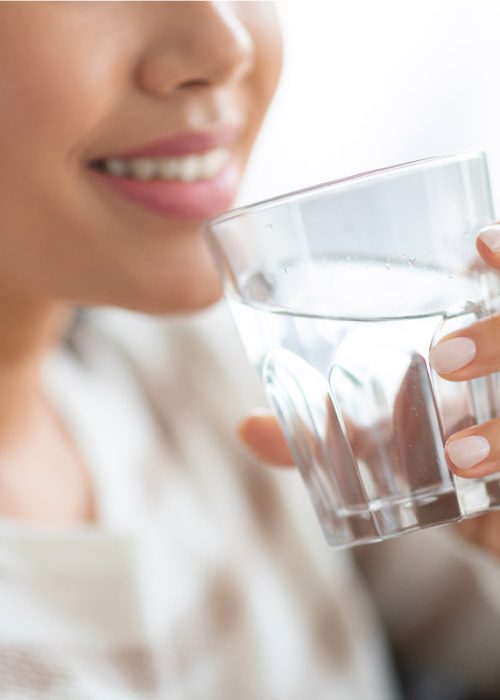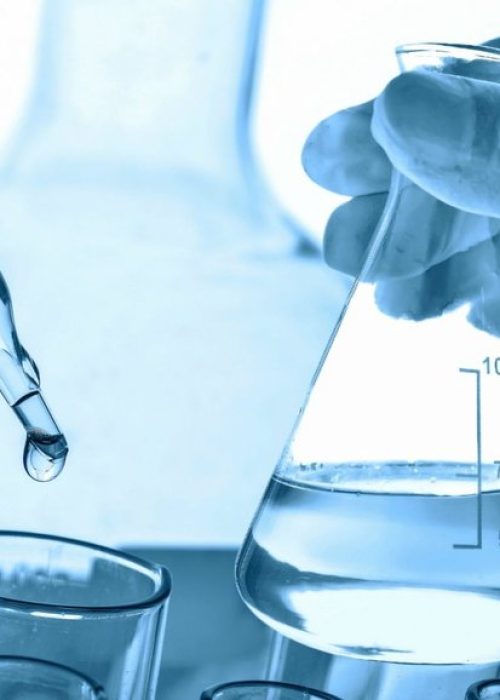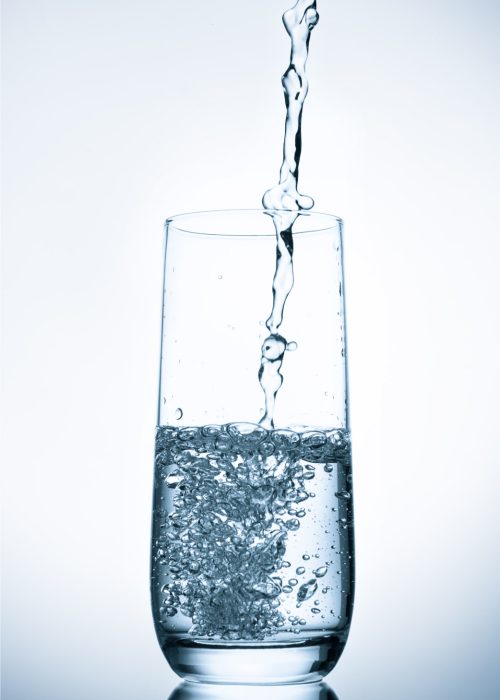So why is iXi Water so strongly opposed to adding ozone to drinking water? It’s all about your health, for reasons hidden deep in the intricacies of water chemistry. First, a superficial explanation:-
Ozone is the most aggressive oxidant in nature. The ozone molecule consists of 3 oxygen atoms (O3) and is very unstable. It splits up into stable oxygen (O2) and a single, very reactive oxygen atom. This oxygen atom will react aggressively with any other substance it may encounter. This is exactly why ozone is an effective disinfectant – it reacts so violently with bacteria that it kills them.
Ozone has important functions in the upper atmosphere and possibly in natural surface waters (the sun’s rays make ozone form in small quantities). But in pure water, ozone breaks down and forms a range of aggressive oxidizers, of which the hydroxyl radical (OH•) is the most dangerous. These radicals will not only destroy bacteria, but harm healthy cells in the body and also the good flora in your stomach lining. They are carcinogenic and should be avoided as far as possible. You don’t want to expose yourself to the long-term effects of consuming them.
Let’s now dig a bit deeper into the latest water chemistry research:- The very unstable O3 molecule resonates between the following structures:-


 Ozone decomposes into oxygen:-
Ozone decomposes into oxygen:-O3 + H20 ↔ ?
Since water dissolves ozone around 10 times more than it does oxygen, a series of complex reactions occur:-
O3 + OH– → HO2 + O2–
HO2 ↔ H+ + O2–
O3 + O2– → O3– + O2
H++ O3– ↔ HO3
HO3 → HO– + O2
HO++ O3 → HO4
HO4 → HO2 + O2
HO4 + HO4 → H2O2+ 2O3
HO4 + HO4 → H2O2 + O3 + O2
O3 + OH– → HO2– + O2
HO2– + O3 → HO2 + O3–
HO2 + OH– ↔ H2O + O2–
O3 + O2– → O3– + O2
H2O + O3– → OH + O2 + OH
OH– + O3– → O2– + HO2
HO + O3– → O3 + OH–
OH– + O3 → HO2 + O2
So in order to provide healthy drinking water, iXi Water is strongly opposed to the use of ozone in preparing it. We have taken a range of innovative measures to ensure that iXi water remains chemically and biologically pure without the use of disinfectants.
Proponents of ozone argue that ozone puts oxygen in water and has a half-life of around 20 minutes in water, which implies that it dissipates quite quickly and therefore does not pose a threat to the consumer. This is a half-truth and misleading: when ozone decomposes, it forms those radical oxygen species, which are as reactive as the ozone itself. So the problem of aggressive oxidizers doesn’t go away, but only converts from one form to another.

